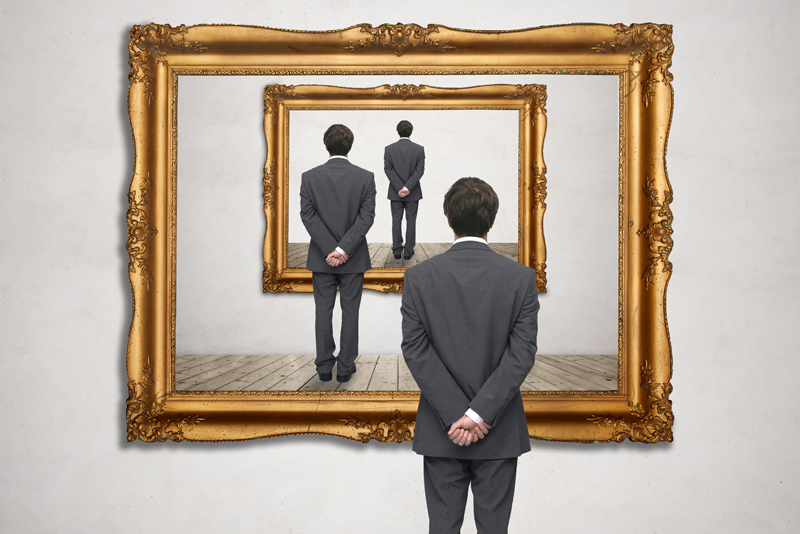Artist Creativity, Drug Use, & Evil

Does drug use fuel creativity? There might be some correlation. Defined by cultural mores of the time, I will discuss how some artists might 'fall from grace'. Also, how we interpret evil in art.
Warning: drug use (including alcohol) may lead to mental health problems and possibly death. Cigarette smoking is still considered the 'silent killer'.
Vincent van Gogh (1853-1890) drank absinthe in excess
Pablo Picasso (1881-1973) used opium
After the 19th century, drugs were seen as taboo (evil).
Mark Rothko (1903-1970) took alcohol and antidepressants
Jackson Pollock (1912-1956) was an alcoholic
Andy Warhol (1928-1987) took prescribed amphetamine, LSG and marijuana
Jean-Michel Basquiat (1960-1988) used heroin
Damien Hirst (1965-) used cocaine and Ecstasy
Damien Hirst's "Pharmaceuticals" (2005) from the series of photographic prints "Utopia."
Salvador Dali (1904-1989) said "I do not take drugs, I am drugs."
There was no evidence that Salvador Dali or Hieronymus Bosch took drugs despite their 'bizarre' artwork.
"The Garden of Earthly Delights" (1490-1510), by Hieronymus Bosch (1450-1516) warns against temptation. It can be seen at The Museo del Prado, Madrid.
The outer panels of the triptych present Creation.
The three inner panels represent as follows:
Left Panel: Garden of Eden, Center Panel: The Garden of Earthly Delights, Right Panel: Hell.
"The Ghost of a Flea" (1819-1820), a miniature painting by William Blake (1757-1827), is seen as evil and grotesque because of the blood sucking flea. This can be seen at Tate Britain.
Henry VIII of England had two (2) of his six (6) wives beheaded (an evil deed by all accounts) – Anne Boleyn and Catherine Howard. His wanting a male heir made him manipulative in his relationships.
Hans Holbein the Younger's "Portrait of Henry VIII" (1540) portrays the 'larger than life' figure of the king.
What is evil is that which is forbidden. Forbidden fruit perhaps.
One of the best examples is "The Expulsion of Adam and Eve from Eden" (1424-1427) by Italian Renaissance artist Masaccio. It depicts the couple's punishment for eating fruit forbidden by Christ.
It can be seen at the Brancacci Chapel, Santa Maria del Carmine, Florence, Italy.
Warning: drug use (including alcohol) may lead to mental health problems and possibly death. Cigarette smoking is still considered the 'silent killer'.
Vincent van Gogh (1853-1890) drank absinthe in excess
Pablo Picasso (1881-1973) used opium
After the 19th century, drugs were seen as taboo (evil).
Mark Rothko (1903-1970) took alcohol and antidepressants
Jackson Pollock (1912-1956) was an alcoholic
Andy Warhol (1928-1987) took prescribed amphetamine, LSG and marijuana
Jean-Michel Basquiat (1960-1988) used heroin
Damien Hirst (1965-) used cocaine and Ecstasy
Damien Hirst's "Pharmaceuticals" (2005) from the series of photographic prints "Utopia."
Salvador Dali (1904-1989) said "I do not take drugs, I am drugs."
There was no evidence that Salvador Dali or Hieronymus Bosch took drugs despite their 'bizarre' artwork.
"The Garden of Earthly Delights" (1490-1510), by Hieronymus Bosch (1450-1516) warns against temptation. It can be seen at The Museo del Prado, Madrid.
The outer panels of the triptych present Creation.
The three inner panels represent as follows:
Left Panel: Garden of Eden, Center Panel: The Garden of Earthly Delights, Right Panel: Hell.
"The Ghost of a Flea" (1819-1820), a miniature painting by William Blake (1757-1827), is seen as evil and grotesque because of the blood sucking flea. This can be seen at Tate Britain.
Henry VIII of England had two (2) of his six (6) wives beheaded (an evil deed by all accounts) – Anne Boleyn and Catherine Howard. His wanting a male heir made him manipulative in his relationships.
Hans Holbein the Younger's "Portrait of Henry VIII" (1540) portrays the 'larger than life' figure of the king.
What is evil is that which is forbidden. Forbidden fruit perhaps.
One of the best examples is "The Expulsion of Adam and Eve from Eden" (1424-1427) by Italian Renaissance artist Masaccio. It depicts the couple's punishment for eating fruit forbidden by Christ.
It can be seen at the Brancacci Chapel, Santa Maria del Carmine, Florence, Italy.

Related Articles
Editor's Picks Articles
Top Ten Articles
Previous Features
Site Map
Content copyright © 2023 by Camille Gizzarelli. All rights reserved.
This content was written by Camille Gizzarelli. If you wish to use this content in any manner, you need written permission. Contact Camille Gizzarelli for details.


